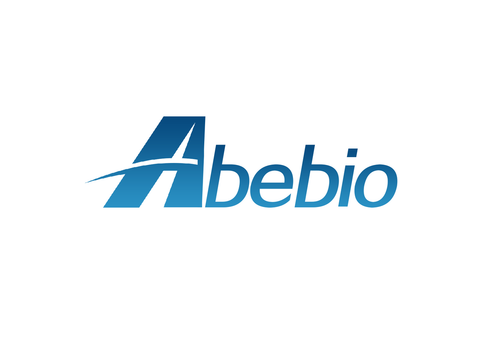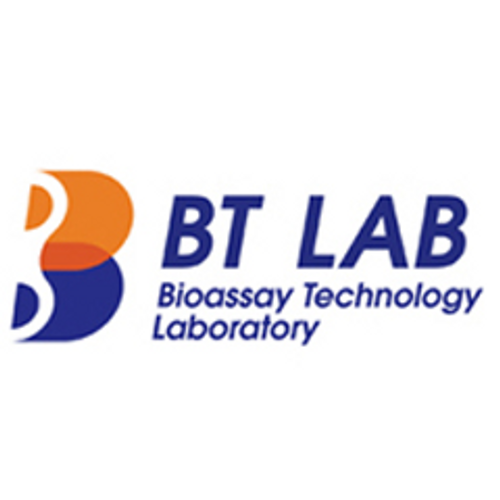Product Description
Canine Angiotension 1-7 (Ang1-7) ELISA Kit | AE63294DO | Abebio
Species Reactivity: Canine (Canis familiaris; Dog)
Abbreviation: Ang1-7
Alternative Name: N/A
Application: ELISA
Range: Request Information
Sensitivity: Request Information
Intra-Assay: ≤4.2%
Inter-Assay: ≤7.6%
Recovery: 0, 91
Sample Type: Serum, Plasma, Other biological fluids
Detection Method: Sandwich
Analysis Method : Quantitive
Test Principale: This assay employs a two-site sandwich ELISA to quantitate Ang1-7 in samples. An antibody specific for Ang1-7 has been pre-coated onto a microplate. Standards and samples are pipetted into the wells and anyAng1-7 present is bound by the immobilized antibody. After removing any unbound substances, a biotin-conjugated antibody specific for Ang1-7 is added to the wells. After washing, Streptavidin conjugated Horseradish Peroxidase (HRP) is added to the wells. Following a wash to remove any unbound avidin-enzyme reagent, a substrate solution is added to the wells and color develops in proportion to the amount of Ang1-7 bound in the initial step. The color development is stopped and the intensity of the color is measured.
Product Overview: Angiotensin (1-7) (Ang1-7) acting at the level of the rostral ventrolateral medulla (RVLM) affects arterial pressure. Astroglia are a plausible cellular target of Ang1-7 in RVLM. Astrocytic responsiveness to Ang1-7 is reduced in SHR. Ang1-7 modulates astrocytic signalling which in vivo may affect local metabolism and microcirculation, resulting in changes in activity of RVLM pre-sympathetic neurones and hence blood pressure.Ang1-7 is an important component of the central renin-angiotensin system and affects haemodynamics when injected into the RVLM. Effect of Ang1-7 could be blocked by co-application of its antagonist, A779 (200 nM) but not losartan (1 µM) . non-CA neurones and glia in RVLM are the primary targets for Ang1-7 and its effect on [Ca2+]i in non-CA neurones is enhanced in SHR.
Stability: The stability of ELISA kit is determined by the loss rate of activity. The loss rate of this kit is less than 5% within the expiration date under appropriate storage condition. The loss rate was determined by accelerated thermal degradation test. Keep the kit at 37°C for 4 and 7 days, and compare O.D.values of the kit kept at 37°C with that of at recommended temperature. (referring from China Biological Products Standard, which was calculated by the Arrhenius equation. For ELISA kit, 4 days storage at 37°C can be considered as 6 months at 2 - 8°C, which means 7 days at 37°C equaling 12 months at 2 - 8°C) .
 Euro
Euro
 USD
USD
 British Pound
British Pound
 NULL
NULL








